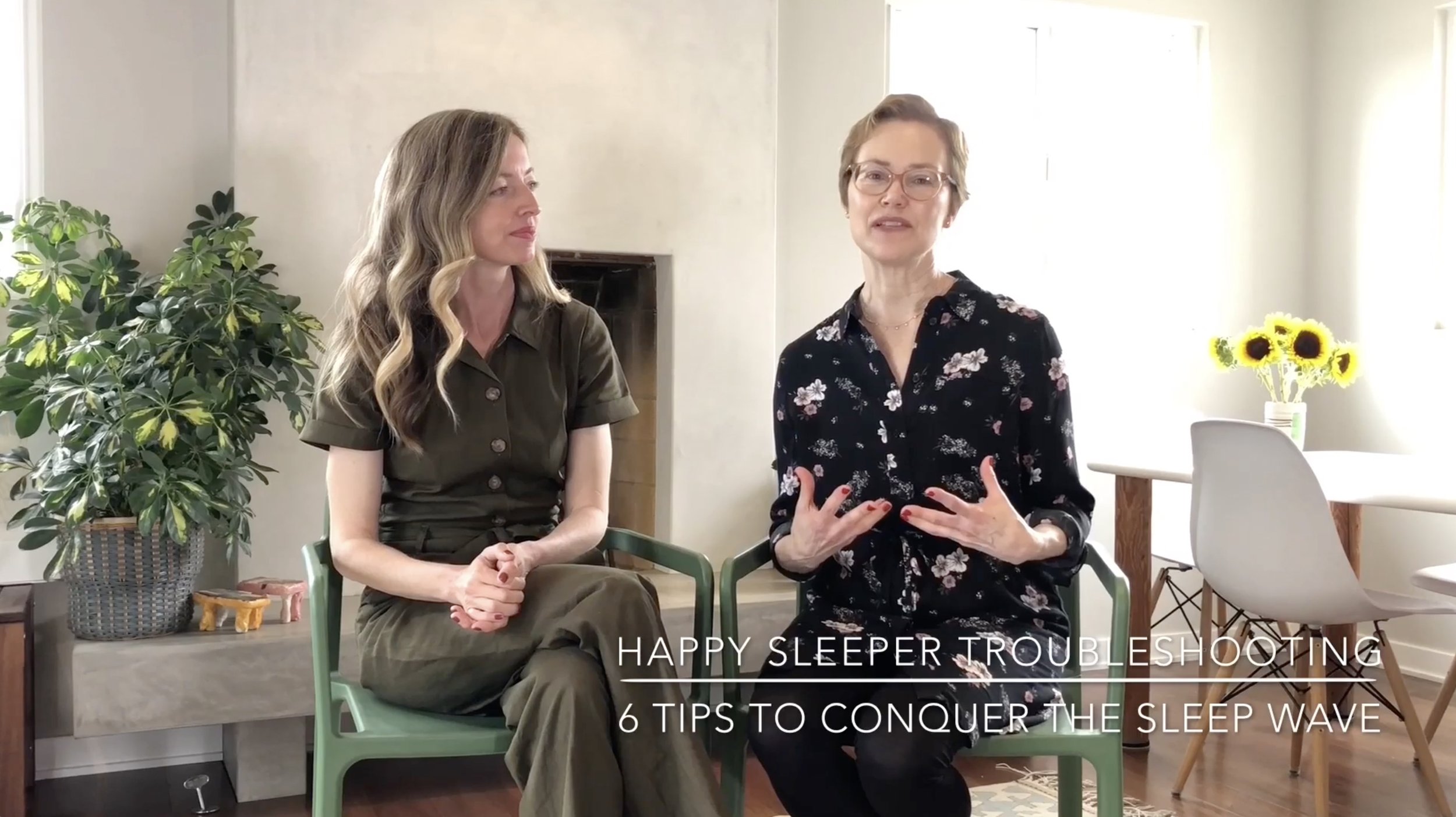Help, My Baby is Waking Too Early!
Don’t give up on this, you CAN change it
Photo by Summer Drew
Waking early is a such a common and stubborn sleep issue — often kids go to bed and sleep through the night just fine, but shout out for you or climb into your bed before the sun comes up. For weeks. Or MONTHS!
There are ways to shift your baby or child’s good morning time, though. There really are! You just have to be consistent and very patient, because it can take many weeks.
Why the early bird tendency?
We’re all prone to waking up early, in a sense — babies, kids, and adults. After many hours of sleep, our “sleep drive” isn’t as strong, and our bodies are starting to send signals that it’s almost time to wake up. It’s common to wake up in the 5:00 a.m. hour. If you’re an adult, you might lie there for a while — hopefully you fall back to sleep, or you if you’re an early bird and like that hour, you might get up and do something lovely and productive before the rest of the world is awake.
How to move your child’s wake up time
Even though it’s common to stir in the early morning, your child still likely needs another hour or so of sleep (babies and little kids do well with about 11-12 hours of nighttime sleep). So here’s what you can do. And remember, you may have to do it for many weeks!
Don’t put your baby to bed later, hoping she’ll sleep later. Many babies will wake around the same time no matter when you put them to bed. Put your little one to sleep at 7:30 p.m. and she wakes at 5:30 a.m., or put her to bed at 8:30 p.m. and she wakes at 5:30 a.m. — the difference is she’s missing an hour of sleep. You may even try putting her to bed a little earlier to see if sleep-begets-sleep wins out.
Makes sure the room is DARK. Even the first rays of light are alerting to the brain, so install blackout curtains, put up temporary darkening shades, or even tape up dark garbage bags to make the room dark in the a.m.
Your main goal is to allow your baby to be in the dark, cool, quiet environment of her room until the desired waking time (6:00 – 6:30 a.m for a 7:00 – 7:30 p.m. bedtime is realistic) so that her body eventually learns to shift. Not being exposed to light, talking, playing or eating until 6:00 a.m. will help her body learn that’s the time to wake.
If your baby wakes before 6:00 (for a 7:00 bedtime) and is grumbling, fussing, or talking, you don’t have to do anything. Let her be until 6.
If your baby is truly crying, you’ll need a way to respond, while keeping her in her sleeping environment. If you’re using the Sleep Wave from the The Happy Sleeper book, or as taught in the Online Sleep Class for babies 4-24 months, this is what you’ll use to respond to your baby. Don’t just leave your baby if she’s truly crying. She needs to know you’re there, but that this is still sleeping time. Use the Sleep Wave steps very carefully and make your Sleep Wave plan extremely detailed!
If she’s still awake when the clock strikes 6:00 a.m, go into the room and say good morning, pull back the shades, start the day. It’s okay if your baby hasn’t fallen back to sleep. If she’s asleep at 6:00, let her be so she can wake naturally.
If your child is over 2 years old, you can use a clock that lights up when it’s waking time. In this case, you set the desired time on the clock and it gives your child a visual cue that before it lights up, it’s still “sleeping time”. If your child can tell time, just use a regular clock for this purpose. Whichever you choose, make sure the gadget doesn’t have any light going during the night. Even dim electronic lights can seem bright after your eyes adjust.
Thankfully, the internal clock is trainable!
When you pick your baby up, feed her, talk to her, and, most important, expose her to sunlight or the lights in your home, all these behaviors send signals to her circadian system. If you do this at 5:30 a.m. when your baby wakes, it regulates her internal clock to expect feeding and social interaction at that time. When you hold the boundary of 6:00 a.m. (or 11 hours after bedtime), her internal clock will begin to adjust accordingly. It’s okay if your baby doesn’t fall asleep again — keeping her in her sleeping space and holding off on feeding, social interaction, and light until the wake-up time will still work — it’s just going to take some time. For now, go to bed early (9:30 p.m. is a good parent-bedtime for the first year!), so you’re getting enough sleep. In a strange way, we have fond memories of those early mornings rituals. Wait till 6:00 a.m. and then pick your baby up, go out to the living room, read some books and have a little breakfast. And a strong coffee for mama or dada.







After watching this class, you will have a clear sleep plan for your baby to sleep through the night. If you implement the Sleep Wave in an organized and consistent way, night sleep often improves in 2-7 nights.